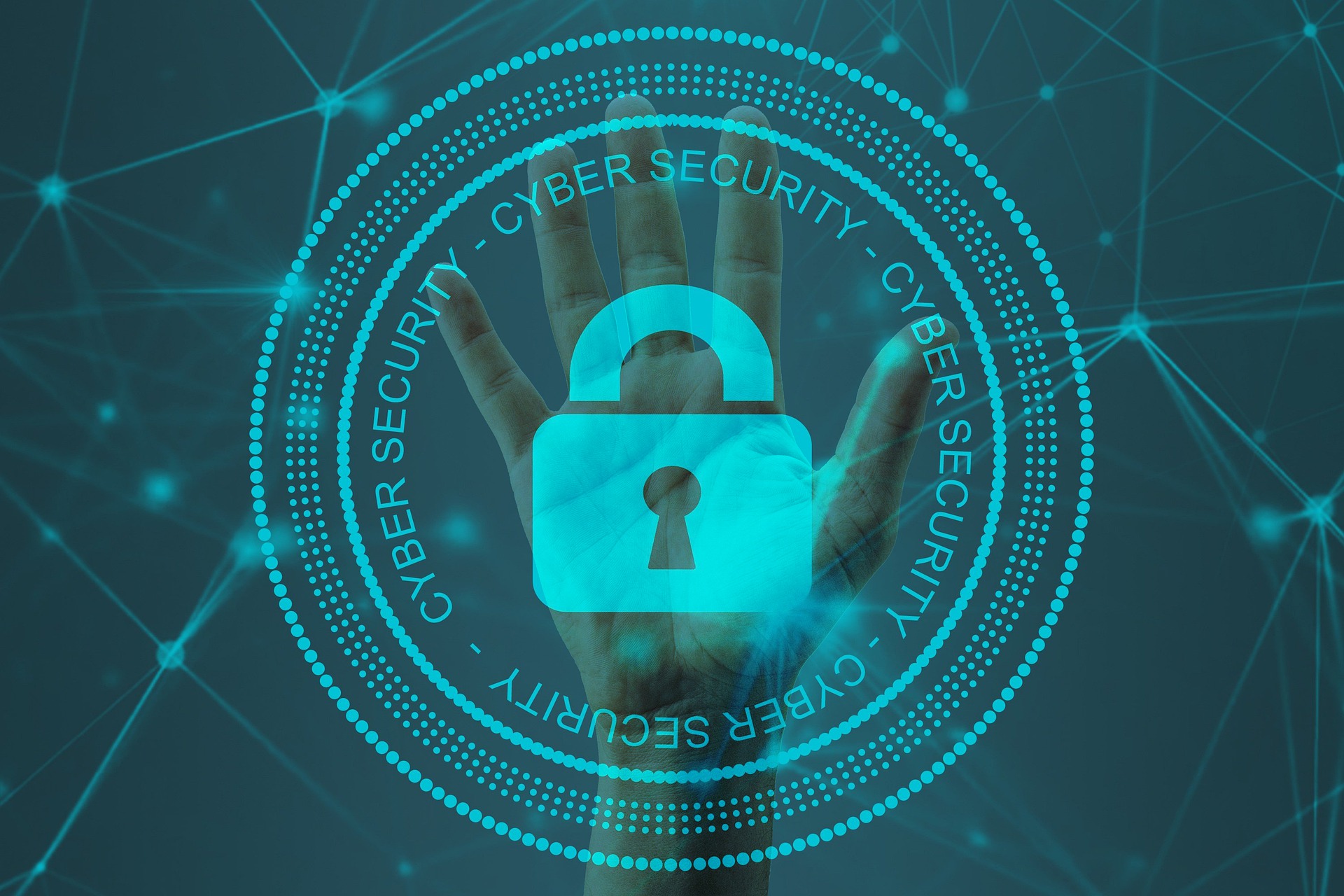Artificial intelligence has reached buzzword status. It might sound like something from the future but in reality, artificial intelligence and machine learning are a part of most of today’s businesses. These tools are used to analyze data, make predictions, and take action based on the existing data. In the past years, AI has been employed by cybersecurity software vendors to help identify security risks in software and networks. But this same technology is also available to cybercriminals, which increases the risks for security breaches and cyber attacks for businesses of all sizes.
Read on to find out the most important cybersecurity trends for artificial intelligence and how they will change in the near future.
Current AI trends and cybersecurity risks
Cybersecurity software vendors and cybercriminals have been in a race to build the most cutting-edge software possible. Artificial intelligence has helped both parties by allowing them to distinguish real threats, analyze more data, and understand inherent vulnerabilities.
Smart and automated tools can help to find vulnerabilities, in storage devices, open data, and systems. These tools use artificial intelligence and machine learning and sort thousand of code lines in seconds to understand the landscape.
Organizations will continue to move more data to the cloud and almost every process is being digitized, which leads to vulnerabilities. There are too many threats that need to be managed which can not happen without the help of automation.
Security AI can help organizations to protect themselves and prioritize alerts so that analysts can focus on high priority alerts to prevent and manage security attacks. Because while security software is adapting to the new threats, so do cyber criminals who adapt their own software to go round security.
Especially since most of the best tools that are used by security teams and researchers are open source and can be used by hackers to recognize and avoid security measures. Experts expect a surge in AI-powered attacks which will lead to the need for AI-powered security software to fight them.
What to expect in AI cybersecurity
Another trend in AI cybersecurity that experts agree on is the use of automation for understanding the nature of threats, as well as getting afraid of them. To improve efficiency, security focus will need to move away from identifying individual threats and vulnerabilities. It needs to embrace a more rich context approach and combine trust modeling, data classification, and security analytics functions.
Such a model will reduce false positives so security professionals can focus on the improvement of the entire ecosystem. And since most of the organizations do not have the financial resources to implement additional support, artificial intelligence and machine learning will be key to a better understanding of the nature of the risks.
The use of AI and ML can allow security systems to find and respond to security threats in real-time by gathering data and allowing systems to be proactive. This aggressive approach will provide more control for security professionals over the vulnerabilities.



